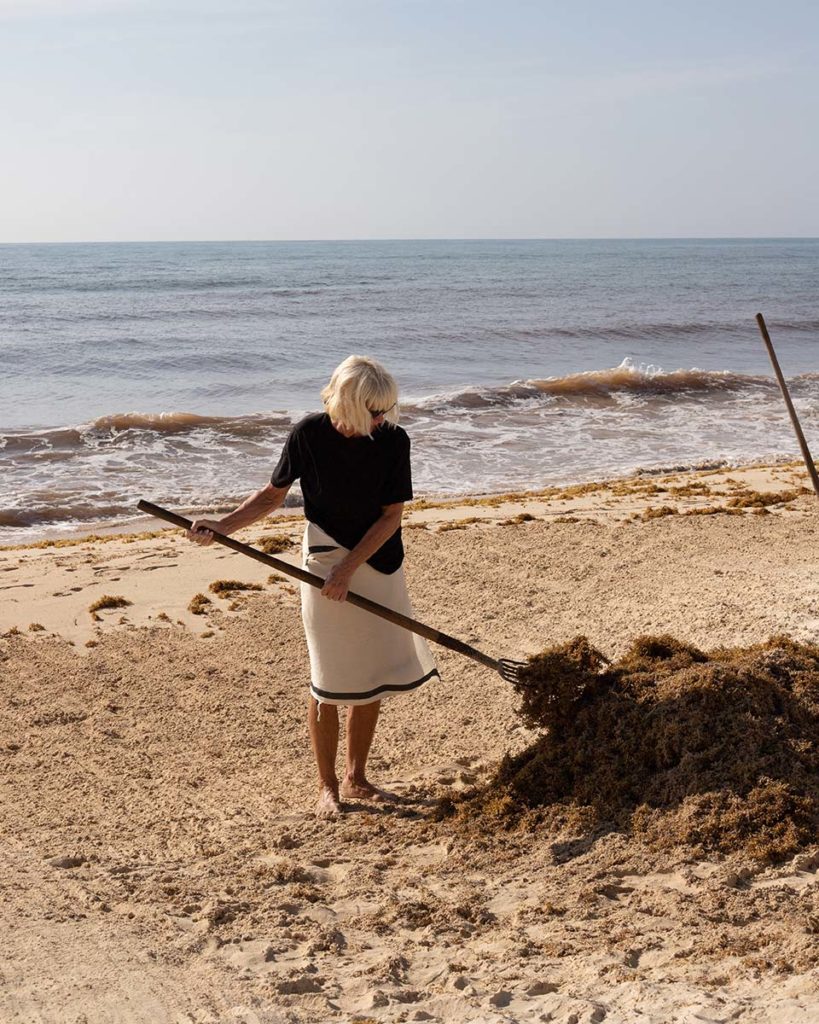Art
Meet the woman who’s exploring fascinating invisible worlds
We cannot see it but it’s there. Sissel Tolaas is revealing the secrets of a reality we have not yet understood: the realm of smell.

Her name means the energy of the woods, and from early on she was interested in invisible realities. Now she goes around the globe exploring what she describes as the highly elusive “alphabet for the nose”.
Sissel Tolaas, a Norwegian scientist and artist, is a leading figure in contemporary art and the research of scent. She began studying the properties of odors in 1990, when she started the Smell Archive, a collection of over 6700 scents kept in airtight aluminum boxes. Each box contains the “something” from which the smell is emitted, allowing it to be preserved and sampled at will.
This vast compendium of olfactory information is an attempt to define a world that has not yet been properly described. “Odors, unlike colors, for instance, cannot be named – at least not in European languages. ‘It smells like…’, we have to say when describing an odor, groping to express our smell experience by means of metaphors,” she writes.
In 2004, she founded the Re_Search Lab, a facility purpose-built to further investigate the properties of smell and olfactory communication. This lab, situated in her Berlin studio, is the workspace where she has developed multiple projects that employ odors in conceptual and artistic ways.
Her Exhibition in SFER IK
Her latest work is currently displayed at SFER IK Museion as part of ALLIGA, an interdisciplinary exhibition designed to bring awareness to the impacts of sargassum surges in the Caribbean. Here, Tolaas mounted an olfactory installation containing smell molecules extracted from local seaweed. Through this distinctive technique, she seeks to open a different channel of perception through a sense that is rarely activated in contemporary art.

Through her work, Sissel Tolaas reveals a reality that we subconsciously experience and that profoundly affects our perception of the world. “Smell is the quickest processor of memory in the brain. The air we breathe contains smell molecules, and those molecules end up in our subconsciousness, triggering our emotions and recollections,” she told the National Gallery Singapore. “This is a journey to discover life and what it means to be alive”.



